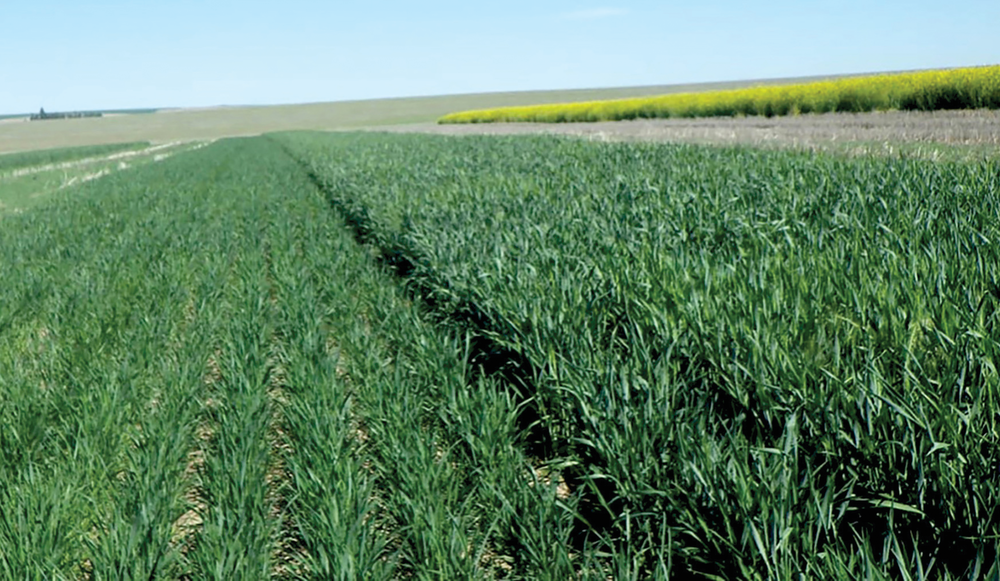Wheat Declines After Canola in Pacific Northwest

Farmers in Mediterranean climate regions are increasingly growing canola in wheat‐based systems to control diseases and weeds and enhance crop marketing opportunities.
Including canola in crop rotations has been widely reported to improve grain yield of the subsequent wheat crop in numerous field experiments conducted around the world. However, no such enhancement of wheat yield following canola has yet been seen in the inland Pacific Northwest of the United States.
A team from Washington State University and USDA‐ARS conducted a six‐year rainfed field experiment to measure the effects of canola, winter wheat, and winter triticale on three parameters: soil water use; overwinter soil water gain after harvest; and yield of spring wheat after each crop. They found that overwinter soil water gain in canola stubble was significantly reduced compared with water gain in the stubble of winter wheat and winter triticale. Stored soil water content in the spring was closely correlated to spring wheat grain yield.
The article, published in Agronomy Journal, provides the first report in the literature of decline in wheat yield after canola due to reduced overwinter soil water storage versus soil water after wheat or triticale.
Adapted from Schillinger, W.F., Paulitz, T.C., & Hansen, J.C. (2023). Canola rotation effects on soil water and subsequent wheat in the Pacific Northwest USA. Agronomy Journal, 115, 314–324. https://doi.org/10.1002/agj2.21248
Text © . The authors. CC BY-NC-ND 4.0. Except where otherwise noted, images are subject to copyright. Any reuse without express permission from the copyright owner is prohibited.











